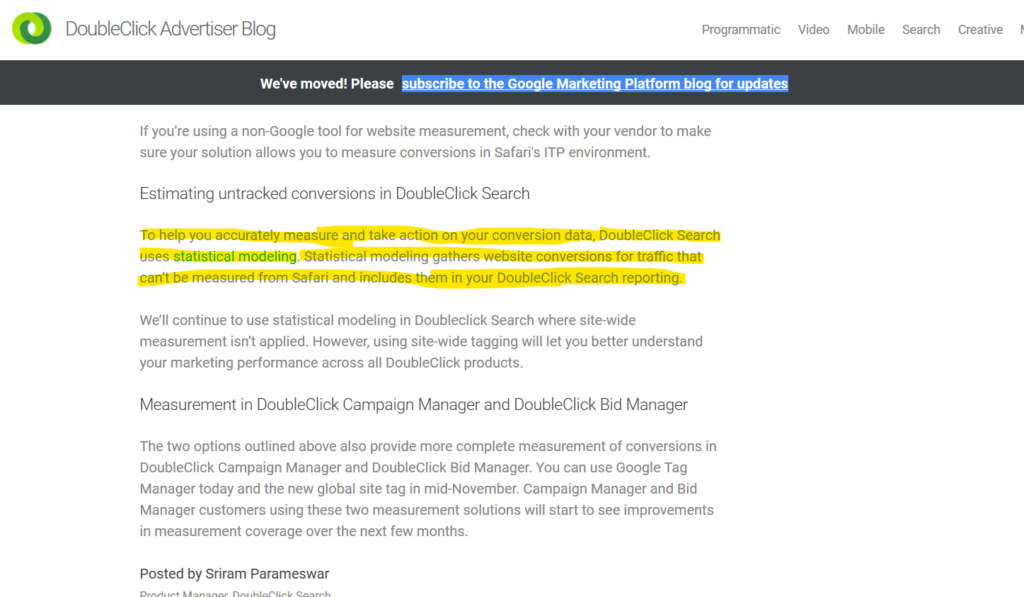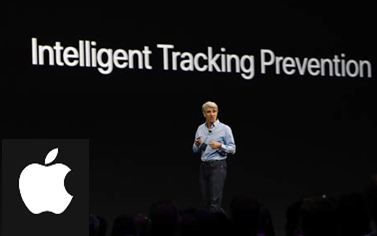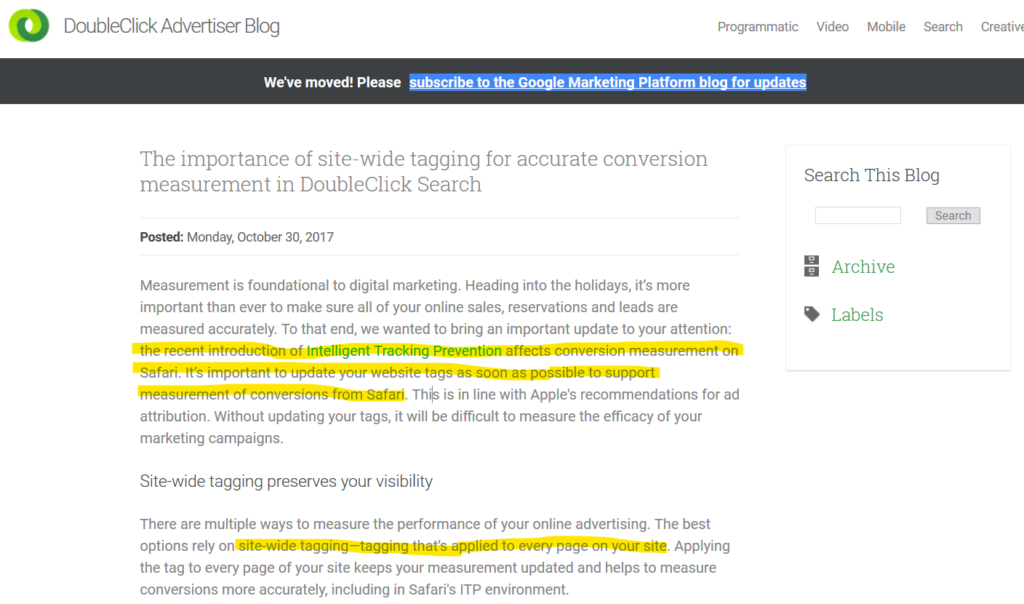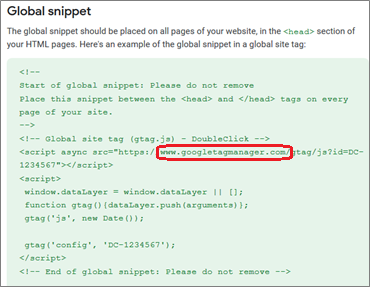4th Post in a 6-Part Series About the Behavioral Data Land Grab
Big G astutely recognized the latent value of the data being collected by a TMS several years ago when they released their free GTM platform. Such precious behavioral data could be used to power ad targeting business directly and in a more clandestine manner using algorithmic modeling. In so doing they brilliantly disrupted the tag management system niche…not unlike what happened with Web site analytics.
For those already using Big G’s free analytics for measurement, GTM was another way to get locked-in to the platform thus reinforcing the original decision. Even more valuable to Big G was that a free tag manager might entice other that were using Adobe Analytics, Webtrends and IBM Coremetrics enabling their data ingestion footprint a second chance at net new behavioral data. Not surprisingly, these days Adobe, IBM, Webtrends and even Matomo all offer companion tag management systems of their own.

Free is Not Without Cost
The fact is that Big G’s new global site tag is not needed on Web sites for clickthrough measurement of digital campaigns for two reasons:
#1: Clients already have this tracked in their own enterprise Web site analytics systems and much better at that…
- Clients can already thoroughly measure paid search and other click-based digital channels with their own enterprise Web site analytics platform that were purpose-built for measuring activity on the site and linking it to sources of traffic. By using query string parameters appended to clickthrough URLs , site analytics campaign tracking relies on either a single (CID, SID) parameter or multi-parameter (utm_) values added on to landing page URLs. This enable Web site analytics systems to associate site behavior like engagement or conversions with specific sources of incoming traffic, e.g. visit rate by channel, bounce rate by publisher, registrations by keywords, etc. The fact is that neither Big G Ads nor Search nor AdWords tracking can provide this level of detail. Such tracking is usually 1st party and fairly reliable.
- For this reason, site analytics platforms are superior for measuring on-site engagement in granular interaction detail (downloads, exists, video watching, form abandonment) as well as having a comprehensive view of all the digital channels that are causing site visits (social, email, direct, organic search, referrals). Such a view allows for basic attribution of conversion events back to sources of traffic. For these reasons and not withstanding Big G Analytics, it is impossible for Big G to have as detailed information as Adobe Analytics, Matomo, Webtrends or IBM Digital Analytics.
- What’s more, if Big G Analytics is not use then the advertiser’s Web site behavioral data is private and only for the client to use. That means, it cannot be repurposed or data mined to enhance somebody else’s ad campaigns elsewhere…including the advertiser’s competition. That is like unwittingly being in a de facto marketing co-op.
- Advertiser’s media agencies should be using the enterprise Web site analytics platform of record’s data for performance optimization. Often times, this does not happen and for a variety of related reason’s advertiser’s end up with multiple site analytics systems. These seeds once planted tend to yield digital measurement chaos and costs.
#2: Big G is already keeping their own count albeit just not as accurate – effectively due to 3rd party cookie limitations. Big G’s own confidential and proprietary technical pdf document entitled, “Introducing the New DoubleClick Global Site Tag” states that prior (and in lieu of it), that there has always been a portion of conversions being reported using statistical modeling to estimate since Big G cannot measure traffic subject to 3rd party cookie blockers/deleters.

Big G Search/Ads/AdWords cannot measure the universe of all of a Web site’s conversions using their 3rd party Floodlight tag that Web site analytics easily track using 1st party tracking cookie method.
Learn more:
- The importance of site-wide tagging for accurate conversion measurement in DoubleClick Search
- Use the global site tag for Floodlight conversion tracking: About the global site tag
- “Introducing the New DoubleClick Global Site Tag” – have to get it from Big G rep
Bottom-line: The reality is that the global site tag only improves Big G’s measurement and does not inherently benefit client-owned site analytics reporting at all. In practice and by Big G’s design, getting GTM in place will often create dysfunction by encouraging stakeholder interest in using Big G Analytics as well as they operational cost of maintaining two TMS and maybe two site analytics systems.
In Other News…
With Big G’s Chrome browser privacy virtue signaling making their walled garden walls even higher, it will be interesting to see if an how the FTC plays the next move. Also of note, is the IAB pushing their DigitTrust solution for other ad tech stack players.
Next Post in Series: Part V – Implications for Digital Marketers









